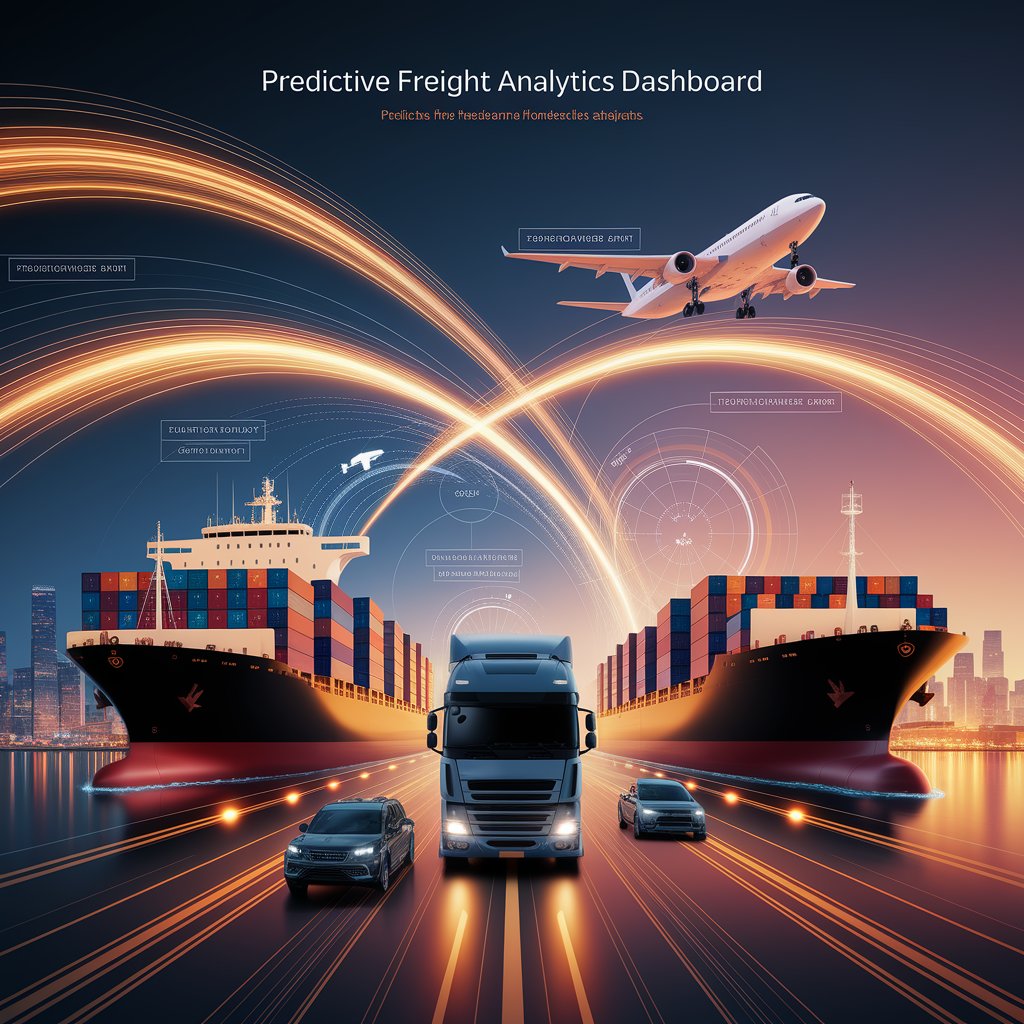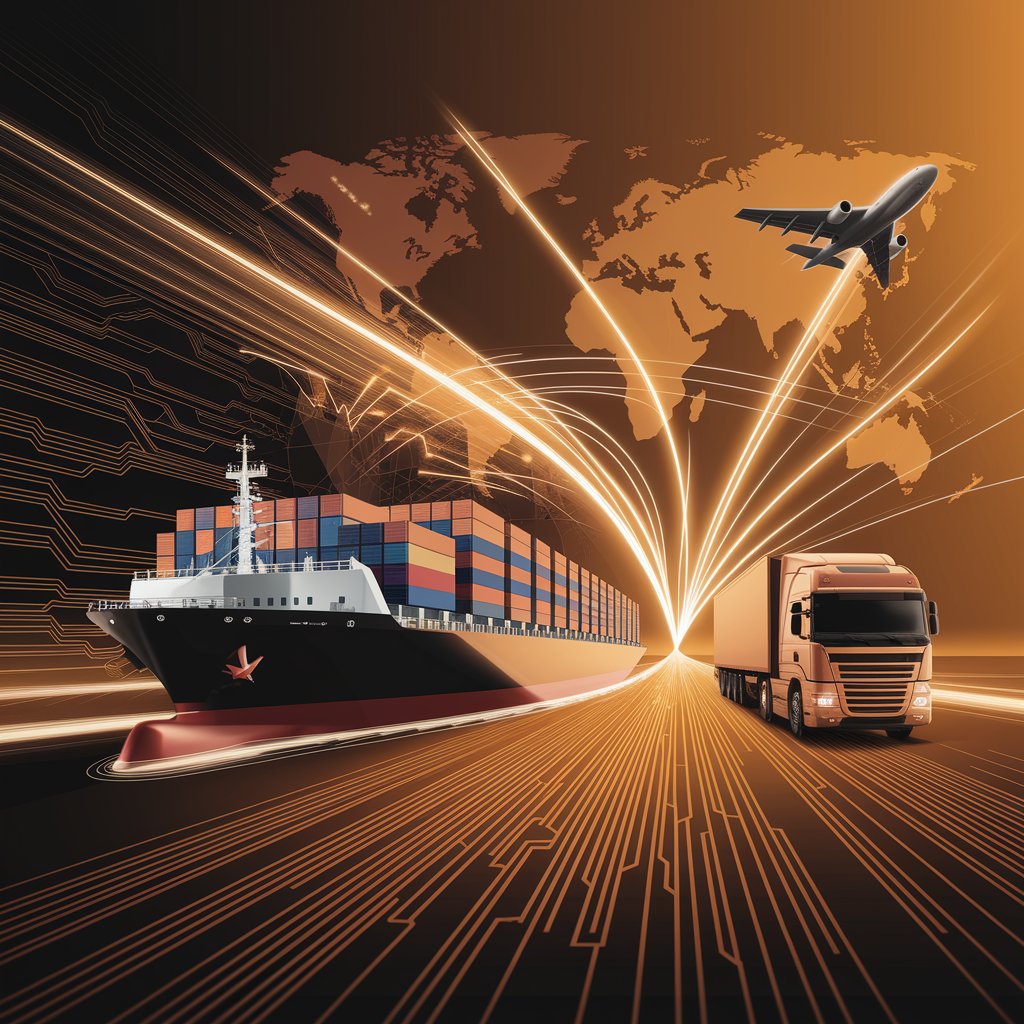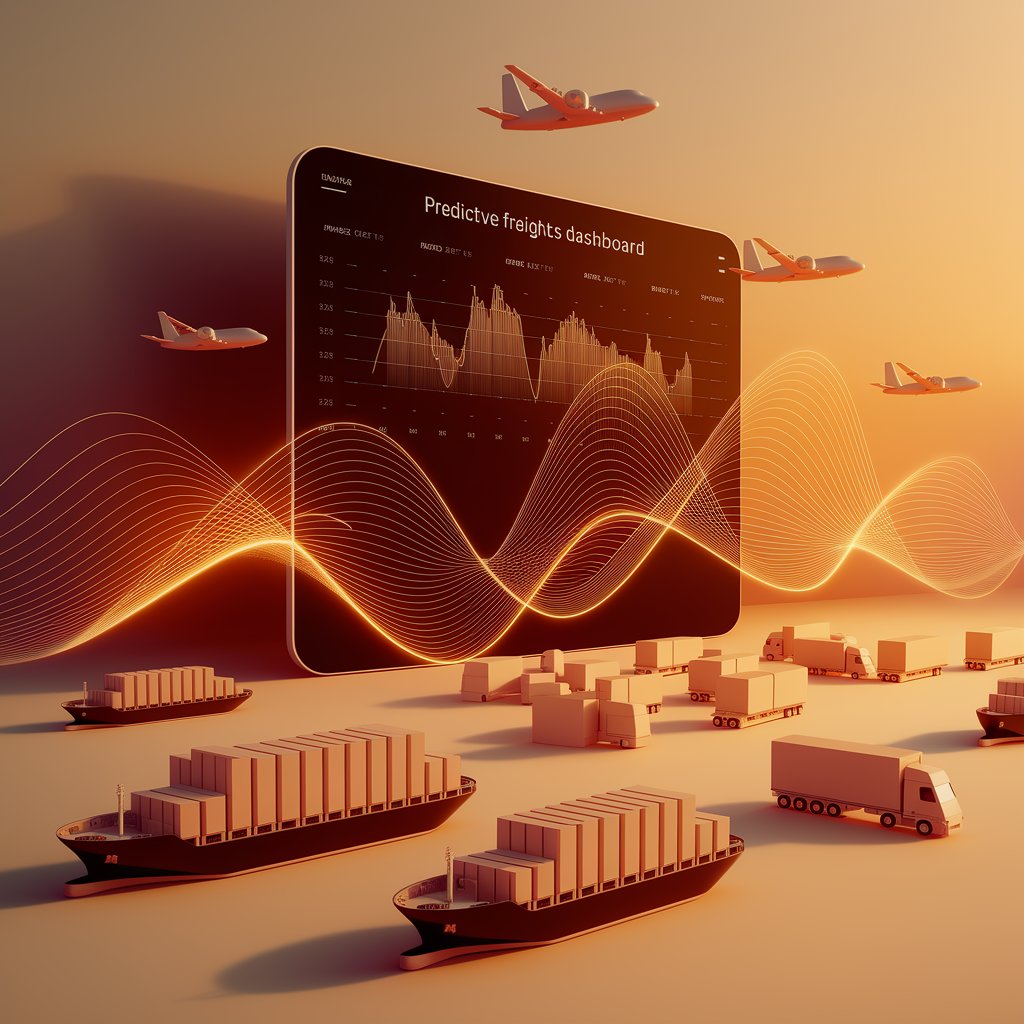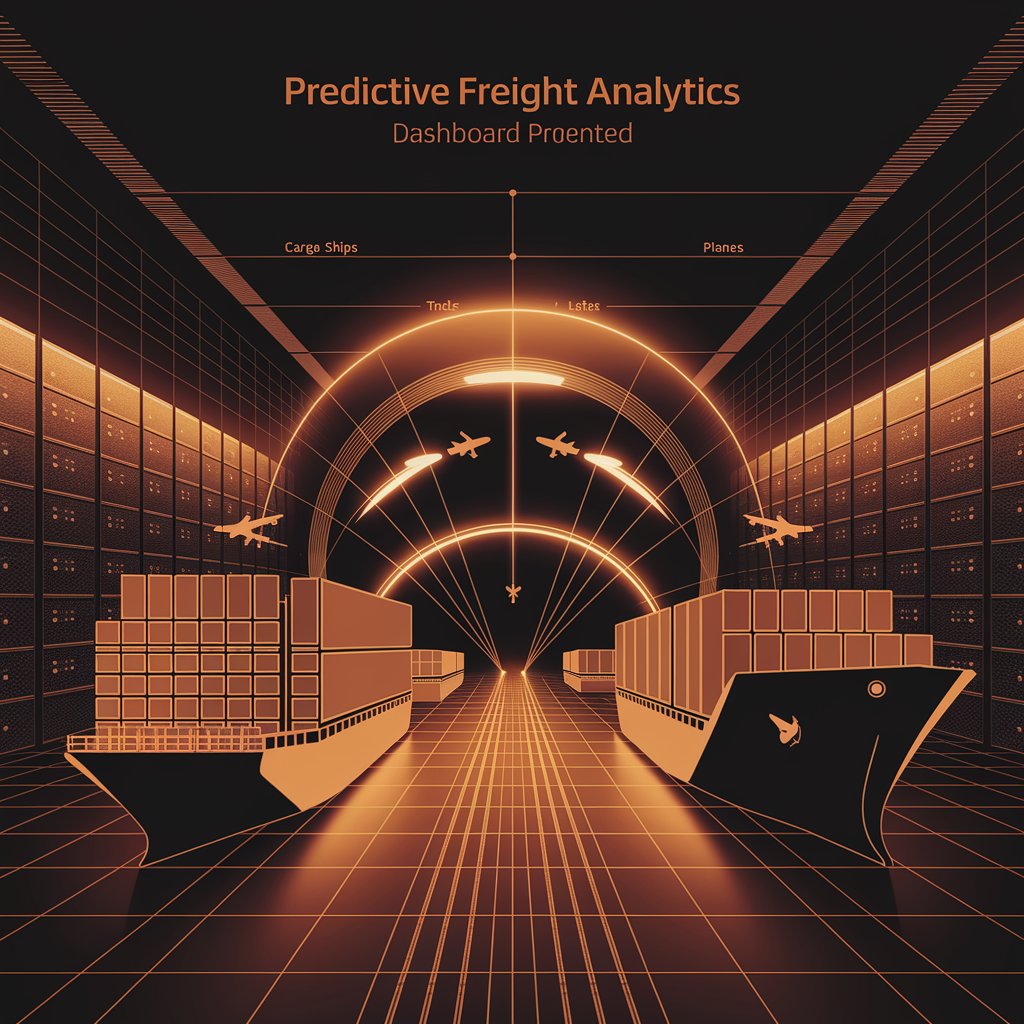Predictive Freight Analytics: Anticipating Logistics Challenges with Data

Introduction
This is where predictive freight analytics becomes essential. By leveraging AI and machine learning, logistics providers can forecast demand, anticipate disruptions, and plan smarter, turning uncertainty into a competitive advantage.
What Is Predictive Freight Analytics?
Predictive freight analytics is the use of advanced analytics and AI to forecast logistics trends, risks, and outcomes. Instead of focusing solely on historical data, it uses real-time information and predictive modeling to anticipate what will likely happen in the future.
This allows providers to act proactively—optimizing routes, adjusting capacity, and preventing costly delays before they occur.

Key Features of Predictive Freight Analytics
- Demand Forecasting: Predict shipment volumes and seasonal surges.
- Risk Prediction: Anticipate disruptions like port congestion or labor shortages.
- Dynamic ETAs: More accurate delivery time estimates based on live data.
- Cost Modeling: Forecast rate fluctuations and fuel expenses.
- Scenario Simulation: Evaluate multiple strategies under different market conditions.
Benefits for Logistics Providers
- Efficiency: Reduce bottlenecks with proactive planning.
- Cost Savings: Anticipate rate changes and adjust budgets.
- Customer Satisfaction: Deliver more reliable and accurate ETAs.
- Resilience: Prepare for disruptions before they escalate.
- Competitive Edge: Differentiate with data-driven decision-making.

Real-World Applications
- Freight Forwarders: Anticipate global demand shifts to secure capacity early.
- Carriers: Forecast fleet usage and optimize fuel consumption.
- 3PL Providers: Offer predictive insights to clients as value-added services.
- Retail and E-commerce: Plan inventory and shipments for seasonal peaks.
- Cold Chain Logistics: Prevent spoilage risks with predictive condition monitoring.
The Future of Predictive Freight Analytics
The future of predictive freight analytics lies in combining AI, IoT, and digital twins. IoT sensors will feed real-time cargo data into predictive models, while digital twins will simulate supply chain disruptions before they happen. Over time, analytics will move from predictive to prescriptive, not just forecasting risks but recommending the best actions to take.

Conclusion
Predictive freight analytics is revolutionizing logistics by turning data into foresight. With advanced forecasting, risk modeling, and scenario planning, it empowers companies to stay ahead of disruptions, reduce costs, and deliver better service. In a fast-moving industry, adopting predictive analytics is no longer optional—it is the foundation for building smarter, more resilient freight networks.
